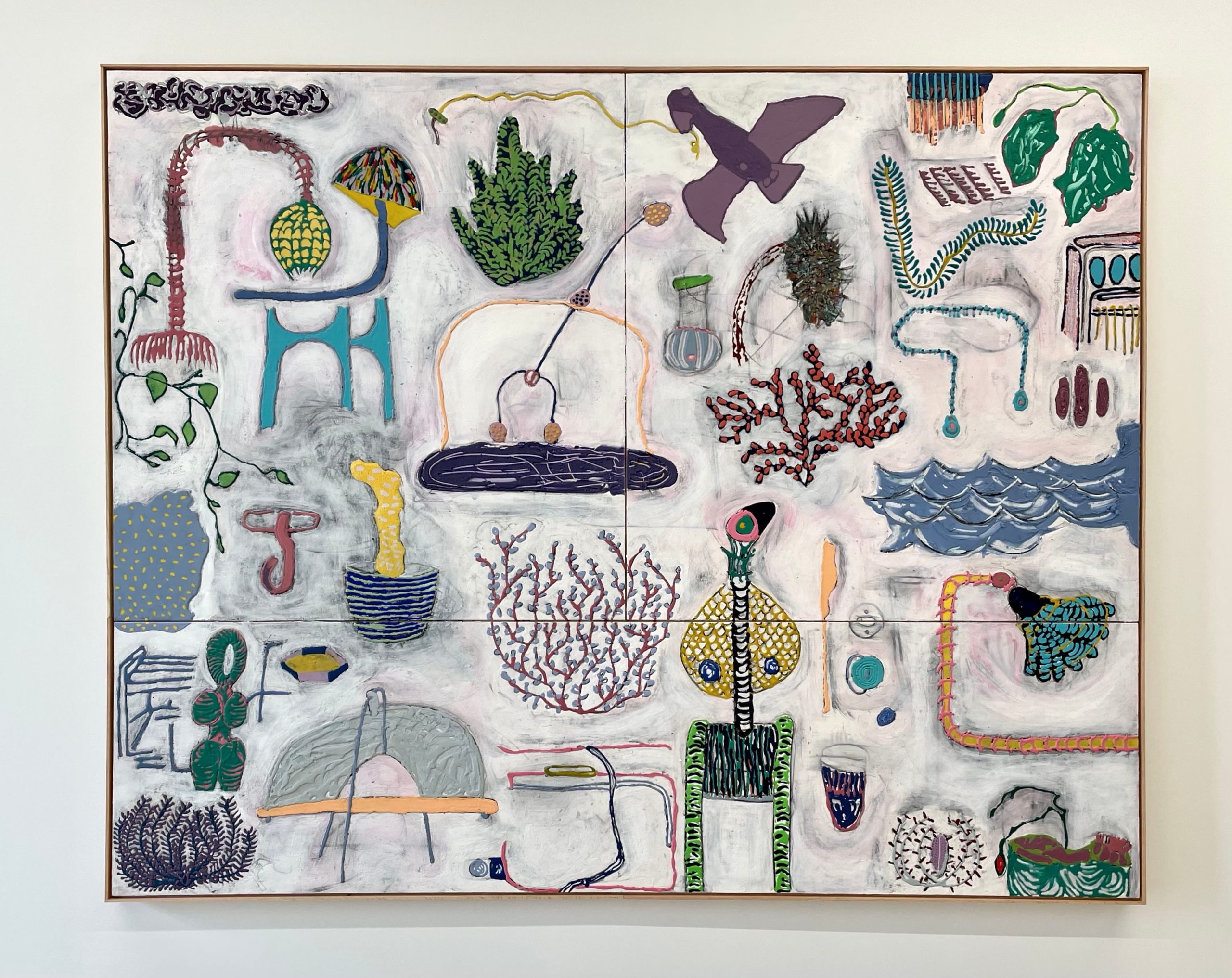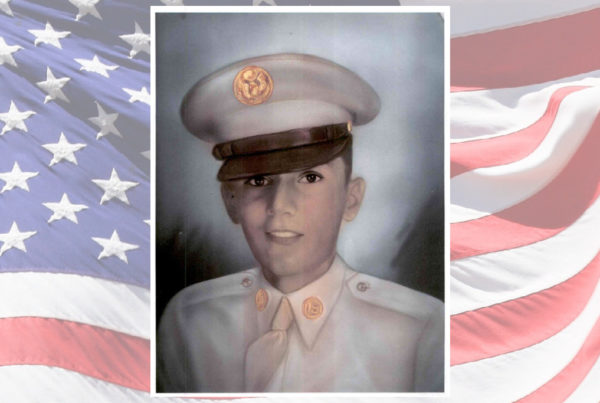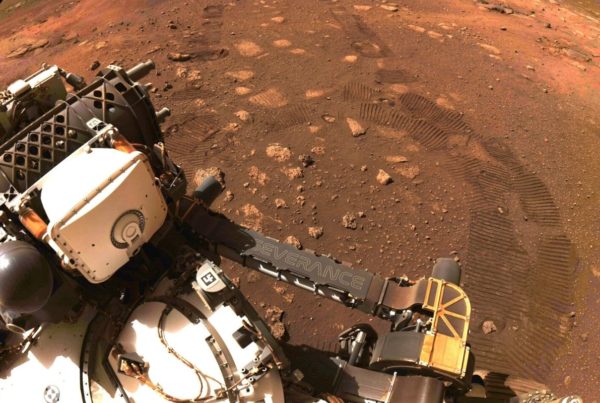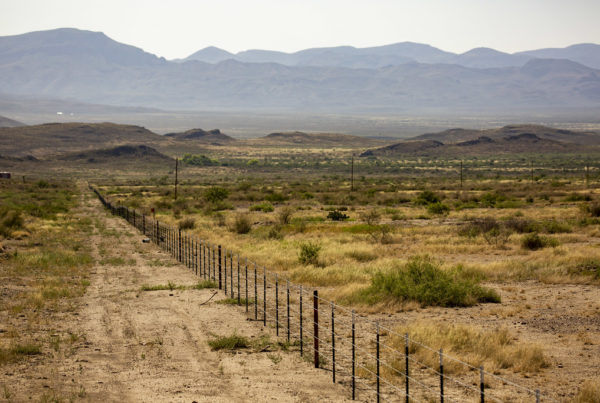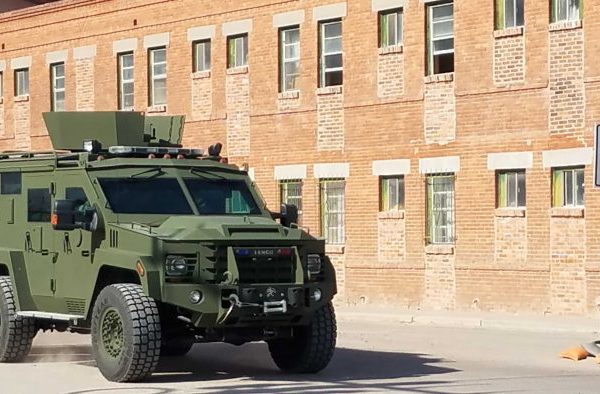From KERA:
John Miranda’s canvas is full of symbols.
Household objects like lamps and shoe racks share space with desert animals and plants all drawn from the artist’s present life in North Texas and his past life in the border town of Del Rio.
“I was always surrounded by that desert landscape,” Miranda said. “I would walk as far as I could. I would go down to the neighborhood of San Felipe, where my cousin was. We were always swimming at the creek. So, I had this big sense that I could do anything I wanted. Life is good.”

Fort Worth-based artist John Miranda uses an encaustic painting method, covering his canvas in dyed beeswax to create rich and highly textured pieces.
The paintings in Miranda’s new gallery show, Movidas, on display at Cluley Projects in West Dallas draws heavily from his childhood.
“In Del Rio, we didn’t have a Hobby Lobby,” Miranda said. “We didn’t have any art stores. My mom and sisters were always working. There was no buying art supplies or going to the toy store. None of those things.”
Yet, the border town was full of Chicano and Mexican art forms that inspired the young artist to create anyway. Miranda was drawn to lowrider art and style like paño, the fabric drawings of roses, crosses and other Mexican-American symbols made by incarcerated artists.
“It started in Texas prisons,” Miranda said. “Whatever materials they had: bedsheets, pencils, and pens. They started drawing and creating. That was really strong in Del Rio.”
While his works may look very different from paño art, he still draws heavily from that spirit of resourcefulness. He uses paint, dye and beeswax to turn big, wooden panels into colorful, almost alien cave drawings. Miranda calls it rasquachismo.
“This art form is a sensibility,” he said. “It’s not an idea. It’s not some kind of intellectual concept. It’s a deep, emotional response to a lived reality.”
Miranda’s pulls from both his memory and his immediate surroundings to create his works. He works intuitively, never overthinking the composition of a work.
“There’s no real straight path to these thoughts, to these ideas, to these emotions,” he said. “It’s kind of just all over the place. Things just come and go from different directions.”
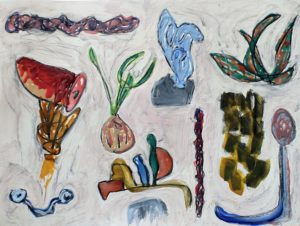
John Miranda’s paintings are full of symbols from his past and present.
The result is a vibrant road map of souvenirs pulled from the desert landscape of Miranda’s youth and cityscapes he now calls home.
You can see his work at Cluley Projects through June 26th.


